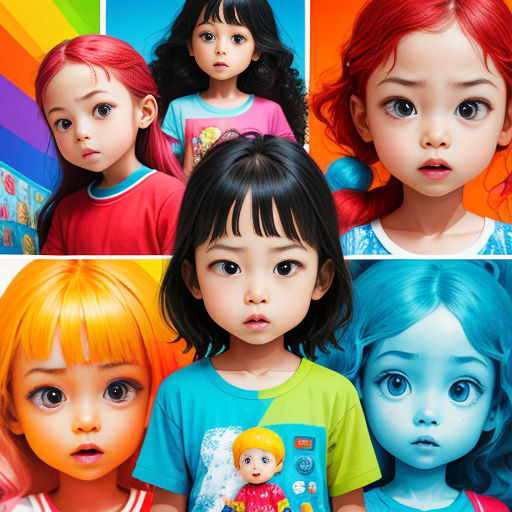
Tricky Toy Ads
By Storybird

17 Sep, 2023

There are numerous elements about kids' TV adverts for toys that are bothersome. These commercials often employ deceptive methods to make the toys look more appealing than they actually are.

For example, in the ads for LOL Surprise dolls, you might sometimes see a boy playing with the dolls. These toys are predominantly designed and merchandised for girls. This can be misleading for the children and their parents.
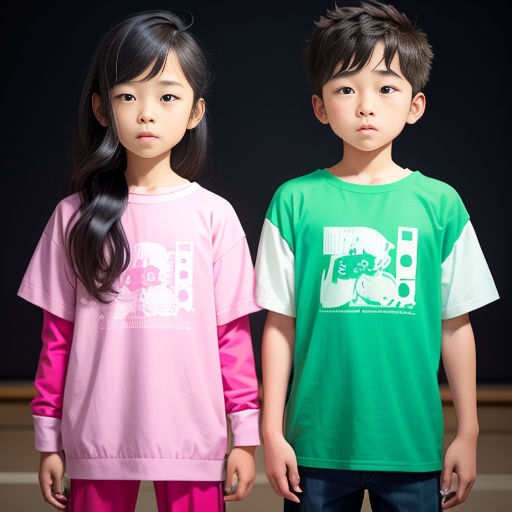
The manufacturers aim to tear down gender roles subtly, but it may confuse kids instead. They might believe the toy is meant for them, only to be disappointed when they learn otherwise.
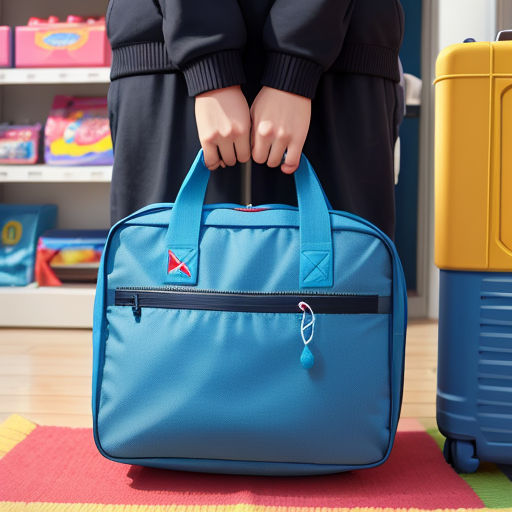
Another issue lies in omitting important details. Advertisements might not mention the name of the company from which the toy originates. Infrequently employing branding in commercials can create uncertainty.

This can make it difficult for parents to research the toy's origin or verify its safety standards. It can also challenge the process of finding the product in stores or online marketplaces.

Furthermore, some commercials make a big deal about a toy being 'new'. However, they often fail to specify what exactly is new about the toy. Is it a fresh design or has the entire concept been revamped?
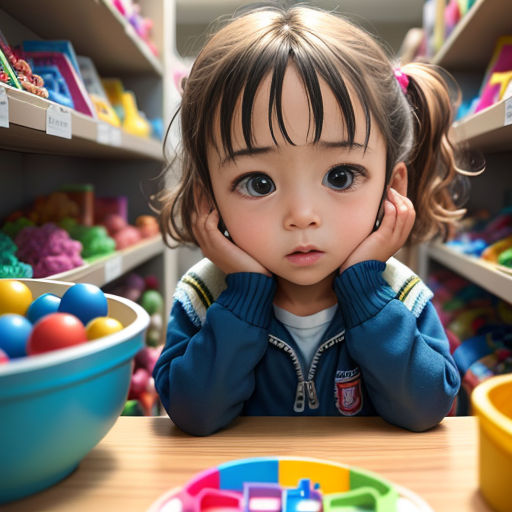
In some instances, the tweak is so minor that it's imperceptible. This can disappoint kids expecting something ground-breaking when the product in question is barely different from the old version.

Advertisers also have a common trope of saying that a toy is available 'only from (company)'. This implies exclusivity, but more often than not, the toy can be found at various retailers.
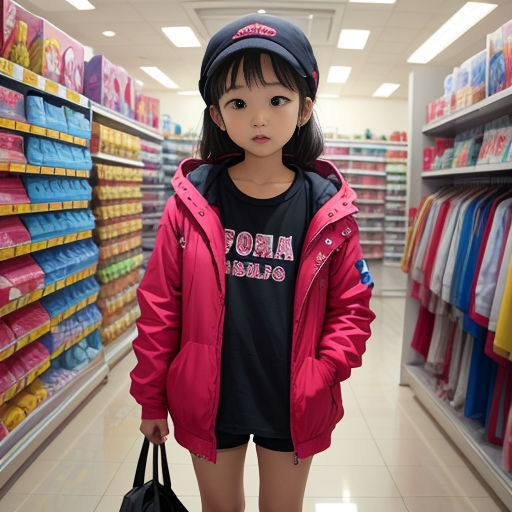
This form of marketing could lead parents to rush to purchase the toy, fearing it might be sold out if it's believed to be exclusive. However, in most cases, there's no shortage of supply.

Further, these commercials seldom elucidate the true purpose of the toy. They glamorize how 'fun' the toy is without conveying the imaginative or educational value it might offer.
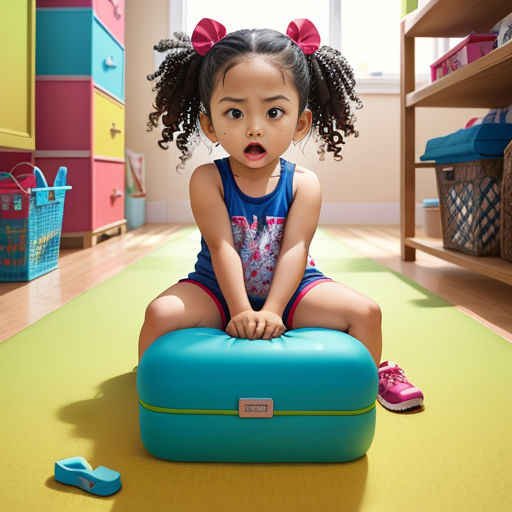
Another issue is the exclusion of certain parts or accessories that may not come with the main toy. In the commercial, everything seems included but when the toy is purchased, it may require additional parts.
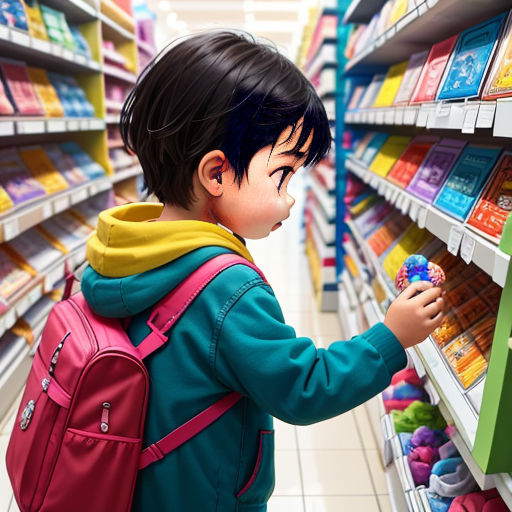
This can be quite frustrating for both the child and the parent. Not only does it lead to disappointment, but it can also result in additional expenses to complete the toy.
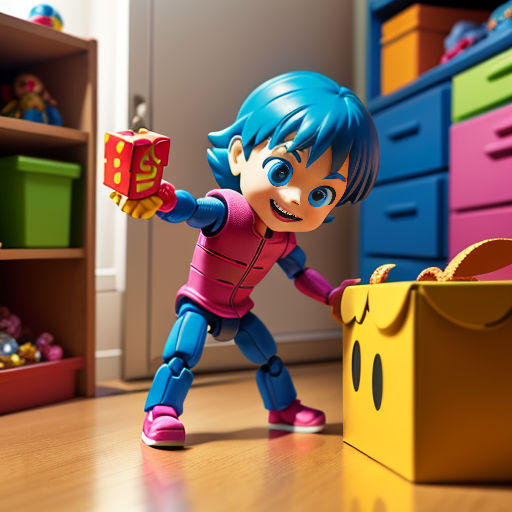
Furthermore, the toy's size can often be misleading in commercials. They might showcase a toy as being larger than it actually is, which can be disappointing when the toy is unboxed.
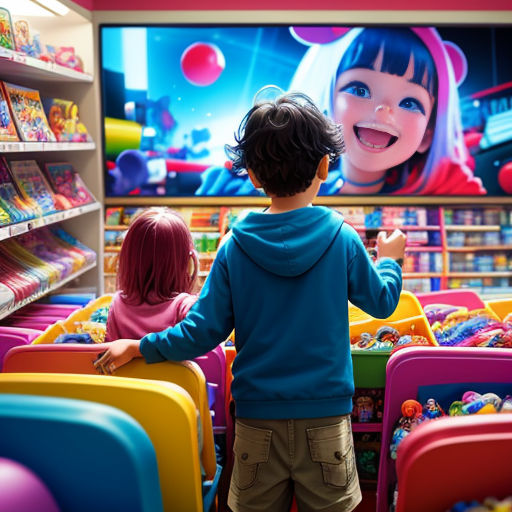
Additionally, the bright and flashy visuals shown on TV often make the toys appear more vibrant and appealing. However, the actual product might not live up to these expectations.
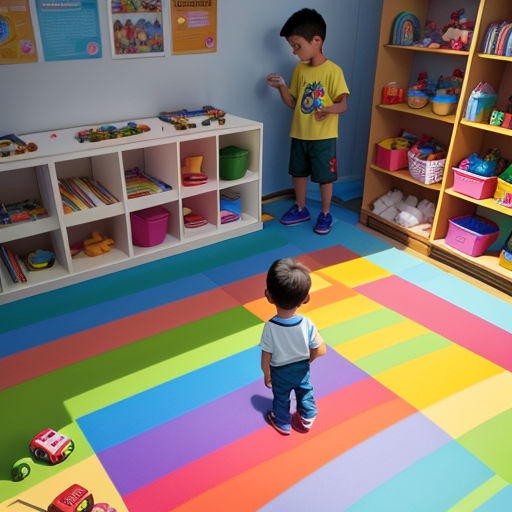
Kids are also not informed about potential risks associated with the toys. Small parts, sharp edges, or battery-operated pieces could pose hazards that are not mentioned in the advertisements.
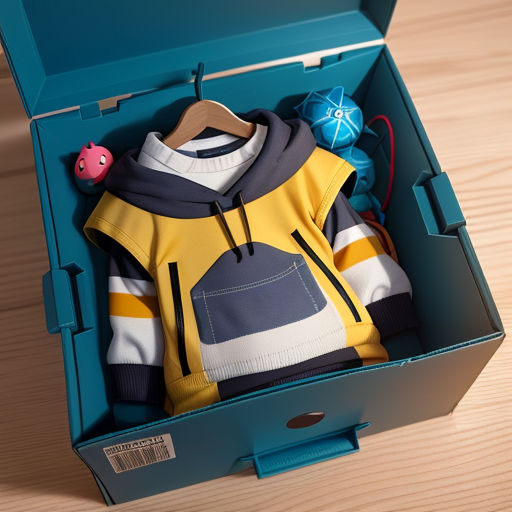
Furthermore, ads often don't mention if assembly is required. Parents might be caught off-guard when they open the box and find the toy in multiple pieces.

Another annoyance is the recurrence of some commercials. The same ad might play over and over again during breaks, causing the kid to pester their parents for the same toy repeatedly.

Lastly, the pricing of the toy is often not mentioned in commercials. This lack of transparency can lead to sticker shock when parents finally look up the cost of the sought-after toy.
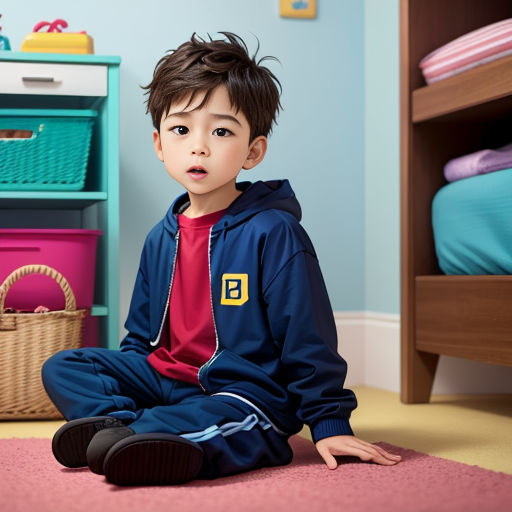
In conclusion, while toy adverts entertain and entice children, they often employ deceitful strategies. They can create unrealistic expectations and disappointments.

Parents should be cautious and do their own research before making the purchase. Adverts are aimed at selling, but the well-being and happiness of our children should come first.
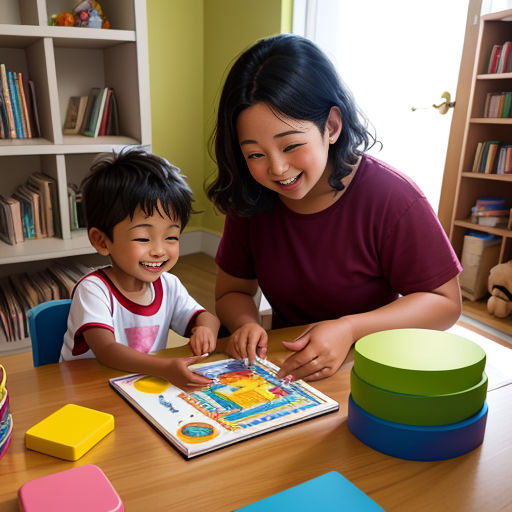
What's essential is not the toy's brand, its flashy commercials, or its exclusivity. It's about whether the toy brings joy to our children and aids their development.
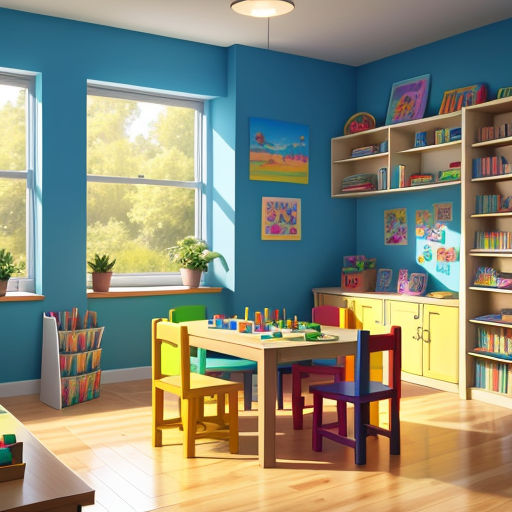
The best toys are usually those that encourage creativity, boost learning, and spark imagination. Not all that glitters in commercials is gold, and not every new toy is a worthwhile purchase.

Purchasing decisions should be based on the features of the toy, not the features of the advertisement. Good toys can create lasting memories and provide valuable learning experiences.

The next time a catchy jingle or vibrant visuals make a toy appear irresistible, remember to look beyond the noise. Evaluate its potential benefits and worth before making a decision.

So, the next time you or your child see an advert for a new toy, take a moment to think. Is it really as good as it seems, or is it just tricky toy advertising?